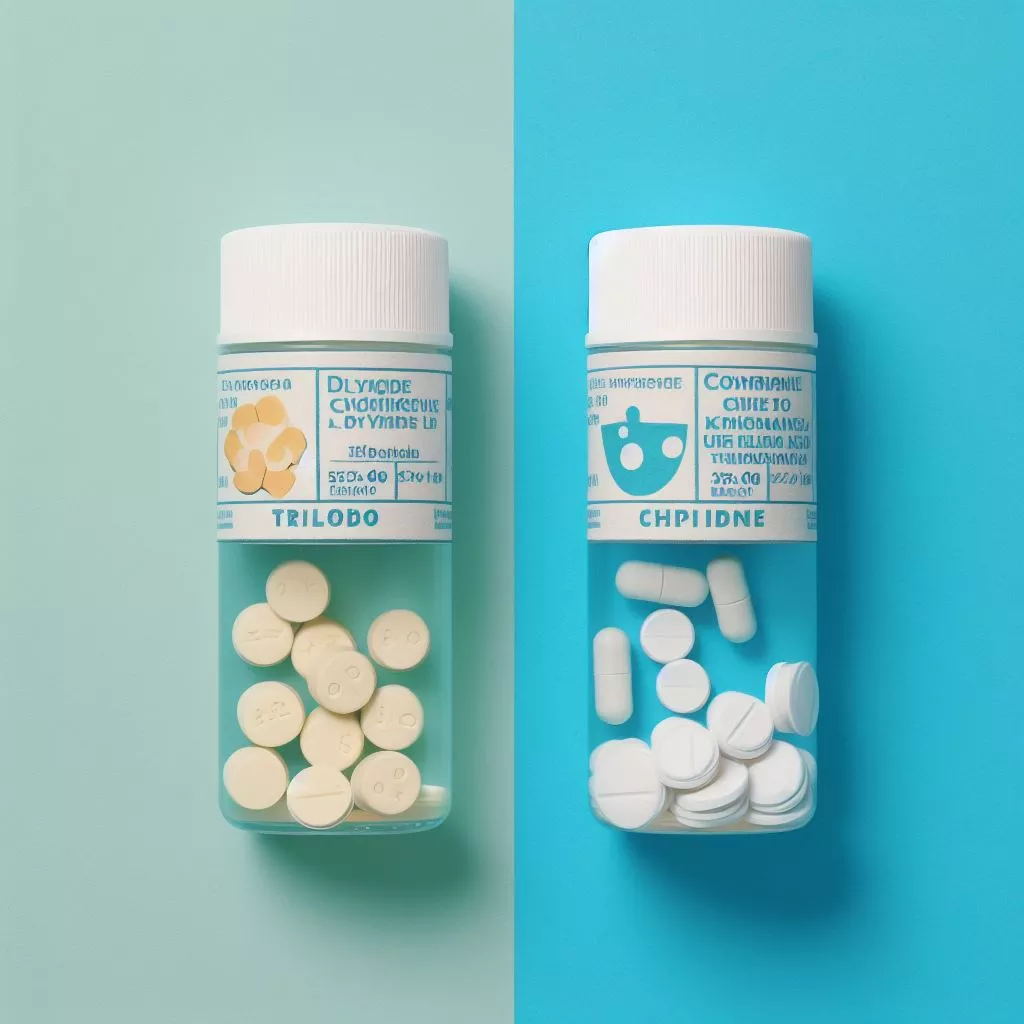Many people may not be aware of the specific functions and applications of chlorine dioxide and trichloroisocyanuric acid. Comparing these two products, especially regarding their differences in disinfecting swimming pools, is a thought-provoking question. Choosing the right disinfectant is crucial for maintaining pool hygiene. A thorough study of the characteristics of chlorine dioxide and trichloroisocyanuric acid explores which one is more effective in eliminating bacteria in tablet applications.

Differences in Various Aspects
I. Chlorine Dioxide is a formulation primarily composed of chlorine dioxide. Chlorine dioxide is a yellow-green gaseous substance that remains stable in solid formulations, making it easy to store and use. Trichloroisocyanuric acid is the main component of trichloroisocyanuric acid tablets, a solid substance usually provided in tablet form. It is a colorless crystal at room temperature, convenient for carrying and using.
II. Chlorine Dioxide is a substance with excellent bactericidal effects on bacteria, viruses, and other microorganisms. Chlorine dioxide has high oxidizing properties and exhibits good bactericidal effects in various environments. Trichloroisocyanuric acid is a bactericidal agent with good antibacterial activity. Although trichloroisocyanate has a good killing effect on common disinfectants, in some situations, a higher concentration is required to achieve a bactericidal effect equivalent to chlorine dioxide.
III. Chlorine Dioxide has poor stability and is not easy to store. To ensure its correctness, you must generate it by a specific method before use. Its instability requires specific storage conditions to prevent deactivation during storage, demanding extra attention during field use. In comparison, trichloroisocyanuric acid has better stability and can be stored in solid tablets for an extended period. Due to its stability, it does not require special storage conditions, making it more suitable for long-term storage and transportation.
IV. Chlorine Dioxide, under appropriate operating conditions, does not produce a significant amount of toxic by-products. Therefore, in many cases, it is considered a relatively safe option. Chlorine dioxide is considered an environmentally friendly disinfectant due to its low by-product content. Trichloroisocyanuric acid tablets, when consumed, can generate a toxic gas—chlorine gas. To reduce its impact on human health, it is recommended to use it in well-ventilated areas to avoid the accumulation of chlorine during processing.
V. Chlorine Dioxide is widely used in the field of water treatment, including drinking water and industrial wastewater treatment. Its strong oxidizing properties effectively eliminate microorganisms and organic matter in water, ensuring water quality meets sanitary requirements. Chlorine dioxide is extensively used in hospitals and laboratories for surface sterilization and equipment disinfection, effectively preventing the spread of pathogenic bacteria. Chlorine dioxide is a novel disinfectant widely used in the food sterilization field, ensuring food safety and health.
Currently, trichloroisocyanuric acid is widely used. Long-lasting and continuously releasing chlorine gas, it effectively kills bacteria and other microorganisms in the pool. In swimming pools, trichloroisocyanuric acid can be made into tablets or particles for easy measurement and delivery. Additionally, it can be used as a disinfectant in certain environments, such as hot springs and scenic areas with higher water quality requirements for long-term disinfection.
Comparing the bubbling tablets of these two, which one has a better disinfection effect in the pool
In terms of stability and long-term efficacy
Trichloroisocyanuric acid is a solid formulation with excellent stability that can be stored for a long time without immediate production. This makes pool management more convenient, without the need for frequent additions and operations. Chlorine dioxide has poor stability and needs to be generated before use, making it unsuitable for long-term storage. In swimming pools, stability is crucial for maintaining long-term water quality.
Continuous release of chlorine
Trichloroisocyanuric acid stably releases chlorine gas when dissolved in water, which is crucial for maintaining an effective chlorine content in the pool. The continuously released chlorine gas can effectively kill bacteria, viruses, and other microorganisms, ensuring the safety of the pool water.
Overall, trichloroisocyanuric acid, due to its good stability, ease of long-term storage, ease of management, safety, and controllability, is more suitable for swimming pools. Therefore, when choosing a disinfectant, various factors must be considered comprehensively, adapting to local conditions to make a reasonable choice.

 Instant
Quote
Instant
Quote Email
Us
Email
Us